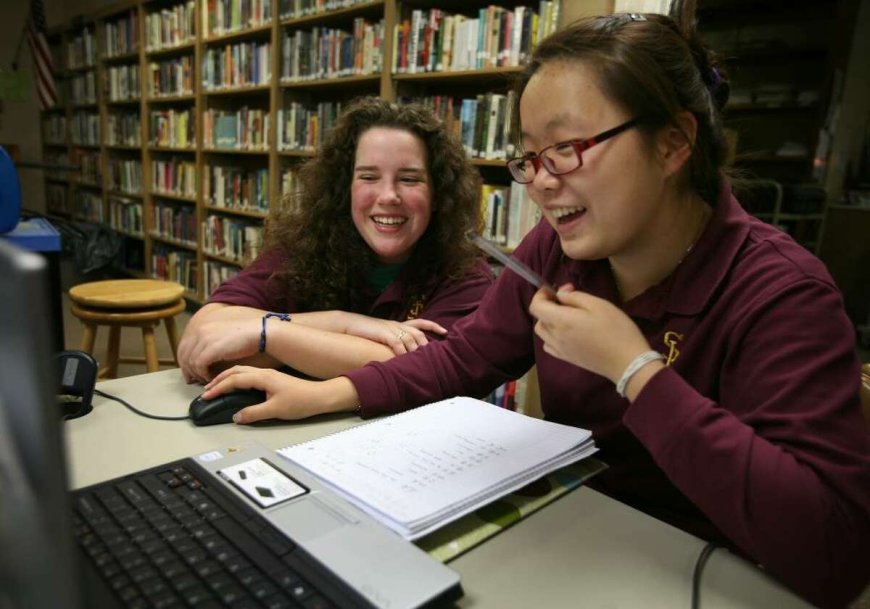Virtual High Schools: A Revolution in Education
Virtual high schools are online platforms offering students comprehensive high school programs. They provide students with

The world is undergoing a rapid transformation, and technology plays a significant role in this change. The internet has opened up new avenues for people to access information, resources, and services, and education is no exception. Virtual high schools are a testament to this transformation, offering students an innovative and flexible alternative to traditional brick-and-mortar schools.
Virtual high schools are online platforms offering students comprehensive high school programs. They provide students with a flexible and accessible option to attend high school from anywhere, at any time. These schools cater to the needs of students who cannot attend physical schools for various reasons, such as geography, illness, work, or personal circumstances.
One of the primary benefits of virtual high schools is their flexibility. Students can attend classes and complete assignments at their own pace, making it possible to balance their education with other responsibilities, such as work or family. This is particularly beneficial for students who live in remote or rural areas where access to physical schools may be limited.
Another advantage of virtual high schools is that they provide access to a broader range of course options. Students can tailor their education to their interests and career goals and explore subjects that may not be available in their local area. Virtual high schools also leverage technology to provide a personalized learning experience, enabling students to receive real-time feedback on their progress and tailored support to help them overcome academic challenges.
Virtual high schools are also inclusive and allow students to interact with peers from diverse cultural, socio-economic, and linguistic backgrounds. This promotes a diverse and inclusive learning environment that exposes students to different perspectives and prepares them for a globalized world.
However, virtual high schools have challenges. One of the biggest challenges is ensuring that students receive a well-rounded education that prepares them for life beyond the classroom. Virtual high schools must also address the issue of student engagement, as students may need help to remain motivated and focused in an online environment. Additionally, virtual high schools must ensure that students receive adequate support and guidance from teachers and mentors, as the absence of face-to-face interaction can make it more challenging for students to receive help when needed.
To overcome these challenges, virtual high schools must provide students with a comprehensive curriculum that covers all the essential subjects and prepares them for artical-secondary education and the workforce. They must also employ effective teaching methods and provide students with the necessary resources to succeed. This may include access to online tutors, academic advisors, and a supportive community of peers and teachers.
In conclusion, virtual high schools are a revolution in education that have the potential to transform the way students access quality education. With their flexible and inclusive learning environment, personalized learning experience, and comprehensive curriculum, virtual high schools are an attractive alternative to traditional brick-and-mortar schools for students unable to attend physical schools for various reasons.
However, virtual high schools must also address their challenges and provide students with the support and guidance they need to succeed. By doing so, they will be able to provide students with the foundation they need to achieve their academic and career goals and make a meaningful impact on their lives.
